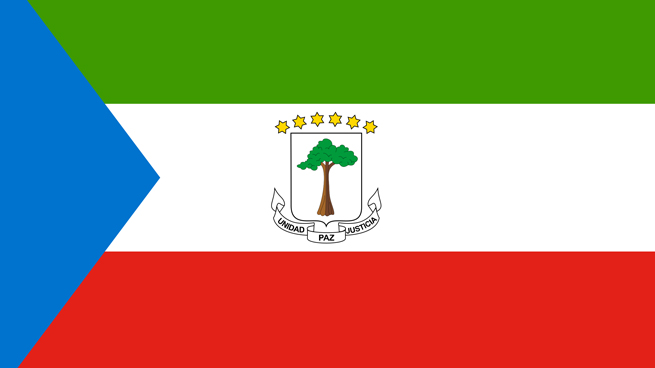
Abirami
Staff correspondent
Three commodities—cocoa, coffee, and timber—have historically been the backbone of Equatorial Guinea’s economy. However, in the 1980s, the discovery and exploitation of petroleum and natural gas drastically altered the country’s economic structure. More than four-fifths of Equatorial Guinea’s GDP and the great bulk of its exports today come from the petroleum industry. However, the majority of people’s standard of living has not considerably improved, and farming is still the most common employment.
Three commodities—cocoa, coffee, and timber—have historically been the backbone of Equatorial Guinea’s economy. However, in the 1980s, the discovery and exploitation of petroleum and natural gas drastically altered the country’s economic structure. More than four-fifths of Equatorial Guinea’s GDP and the great bulk of its exports today come from the petroleum industry. However, the majority of people’s standard of living has not considerably improved, and farming is still the most common employment.
Prior to independence, the Spanish supported coffee and cocoa exports to their country. Bioko, which had the ideal soil and climate for its intense production, relied heavily on high-quality cocoa as its major source of income. On the island, Equatorial Guinea still produces the majority of its cocoa. Production worsened during Francisco Macas Nguema’s rule after the country’s independence, as it did with other commodities. Nigerian and local employees abandoned the cocoa fields; maintenance, output, and quality fell, and cocoa exports decreased to a tenth of what they had been. The modest amount of Robusta coffee produced by Fang farmers in Ro Muni was an exception to the nearly complete halt in coffee exports from island and mainland estates.
The offshore seas of Equatorial Guinea have sizable quantities of natural gas and petroleum. Hydrocarbons swiftly took over the economy once they were discovered and started to be used in the late 20th century. The country’s GDP rose substantially in less than a decade as oil quickly replaced other exports, and it kept rising in the early 21st century. There are gold, titanium, manganese, iron ore, and uranium deposits, although they have not been extensively exploited.
Equatorial Guinea’s entry into the Customs and Economic Union of Central Africa (which later became a component of the Economic Community of Central African States) in December 1983 resulted in a significant economic reorientation. The epkwele, which was once pegged to the Spanish peseta, was replaced by the CFA (Communauté Financière Africaine) franc, which was pegged to the French franc, when the nation entered the Franc Zone in January 1985. The CFA franc became linked to the euro during the French franc’s phase-out between 1999 and 2002.
After the mid-1970s economic crisis, imports eventually surpassed exports. Only foreign aid, which expanded following the coup in 1979 and included significant subsidies from Spain and assistance from several other nations and international organisations, could make up the gap. By the end of the 20th century, however, the value of the country’s exports had surpassed the value of its imports due to the fast growth of the oil sector in the 1980s and 1990s; the trade balance remained positive into the 21st century. Key trading partners of Equatorial Guinea include the United States, China, Japan, Spain, and France. Today, Equatorial Guinea is the third-largest oil exporter in sub-Saharan Africa despite its small size. The country’s GDP grew by 3.10% year on year in 2022, emerging from a seven-year recession, and it will continue to rise in 2023–2024. 85 percent of the GDP and more than 94 percent of exports were attributed to the petroleum sector.
Even though the petroleum business has grown rapidly in recent years, a great number of people remain employed in agriculture today. Majority are the subsistence farmers who practice shifting cultivation by clearing the lands and burning off the vegetation cover. Cassava, sweet potatoes, oil palm fruit, bananas, plantains, coconuts, coffee, and cocoa are some of the crops cultivated. Raised animals include cattle, pigs, sheep, and goats. Additionally, the economy is boosted by fishing, and the wood sector is still vital.





